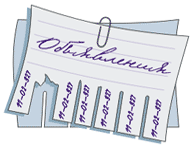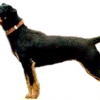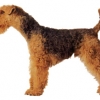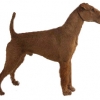Cost vs Retail Accounting Inventory Systems
 Новости
Новости  30 мая 2022, 22:22
30 мая 2022, 22:22  glady
glady
Content
- Tax Ramifications of Inventory Costing:
- Gross profit margin in retail method of accounting:
- Moving Average price (MAP) or Standard price (with material ledger actual costing) for Inventory valuation in S4HANA?
- For Business Owners
- Retail Inventory Method: Definition, Calculation, and Example
- Advantages of retail accounting:
These “cost-flow assumptions” are necessary when stores have many interchangeable units. In such cases, it’s unlikely that it costs the same amount to acquire or produce each item since materials, labor, and overhead prices shift over time. We will illustrate the FIFO, LIFO, and weighted-average cost flows along with the period and perpetual inventory systems.
Auditor E&Y dings Asbury’s IT controls but calls Q4 results correct - Automotive News
Auditor E&Y dings Asbury’s IT controls but calls Q4 results correct.
Posted: Tue, 07 Mar 2023 11:35:40 GMT []
Within your franchise, store merchandise is maintained by this method. The retail inventory method is only an estimate and should always be supported by period physical inventory counts. The periodic method of tracking your inventory can be less convenient and more labor-intensive, but it might be preferable if your company can’t afford a fully capable POS system. This inventory-tracking method requires you to manually count and track inventory periodically, such as weekly or monthly.
Tax Ramifications of Inventory Costing:
Subtract leftover, unsold inventory at the end of the accounting period. All inventory sold will be listed under the COGS account in your income statement at the end of each business year. Cost of goods sold is a core element of measuring a retail business’s profitability and inventory value.

If you can’t keep track of every item on hand, you must make an assumption about which ones you sell first to calculate the cost of your inventory. Whichever you sell first is unknowable, but the assumption keeps your books consistent. Staying on top of your business’s accounting while running the operation is often challenging, but it can be particularly complex in the retail industry. Retail stores face at least one significant challenge that many others don’t.
Gross profit margin in retail method of accounting:
It is critical that the in inventory get sold relatively quickly at a price larger than its cost. Without sales the company’s cash remains in inventory and unavailable to pay the company’s expenses such as wages, salaries, rent, advertising, etc. You can determine the cost of products sold and the cost of your ending inventory using the more straightforward retail technique, depending on the kind of inventory you sell.
- If you use the FIFO costing method, you take the cost of the first order you purchased, compare it to the revenue you’ve had come in and assign that revenue to the cost of goods sold.
- Because the closing inventory is based on a cost complement, it can be difficult to extrapolate for larger retailers with different departments or types of merchandise.
- Not only can you understand the total costs involved to produce your products, but it can be easier to spot instances of overcharging by vendors.
- This may influence which products we review and write about , but it in no way affects our recommendations or advice, which are grounded in thousands of hours of research.
This allows the retailer to quickly arrive at an approximate value of inventory, without having to take a physical count or match cost to items still on hand. You can complete vital financial records like income statements, balance sheets, and cash flow statements with the aid of Wafeq, the best accounting software. Last but not least in inventory costing methods for the retail business, this one is quite simple and extremely effective.
 Меток нет
Меток нет
Похожие записи









